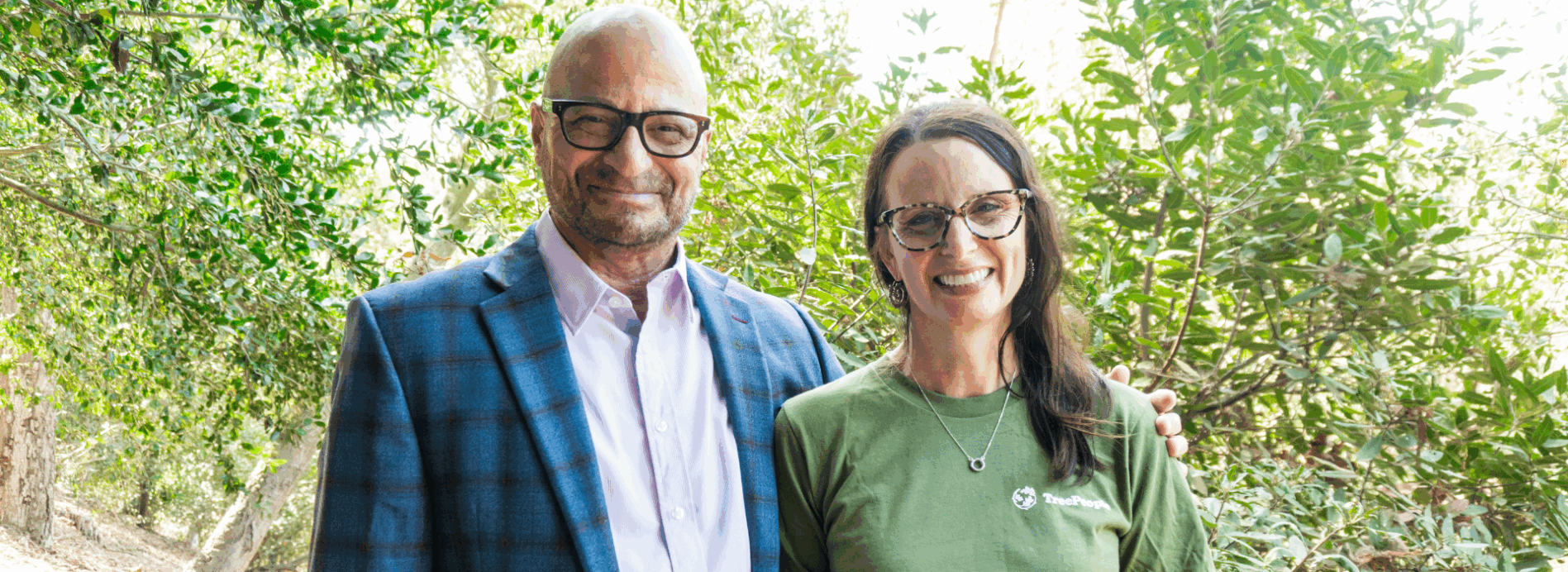Discover Meaningful Ways to Support TreePeople’s Mission At TreePeople, every gift grows far beyond the moment it’s given. This Giving Tuesday, what if your generosity could plant more native trees, expand tree canopy to underserved communities, and strengthen environmental equity across Southern California? Whether you choose to give once or explore new ways to deepen…











